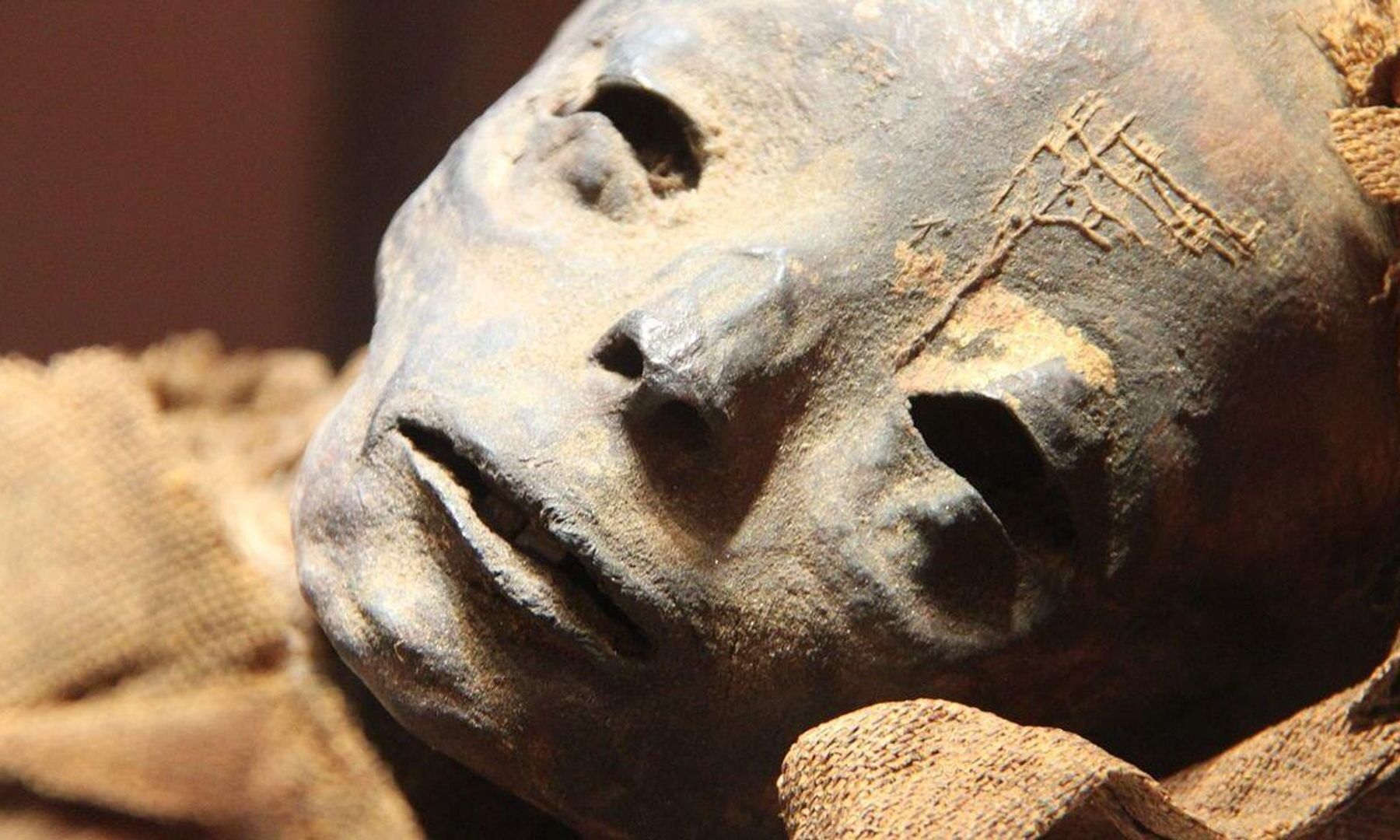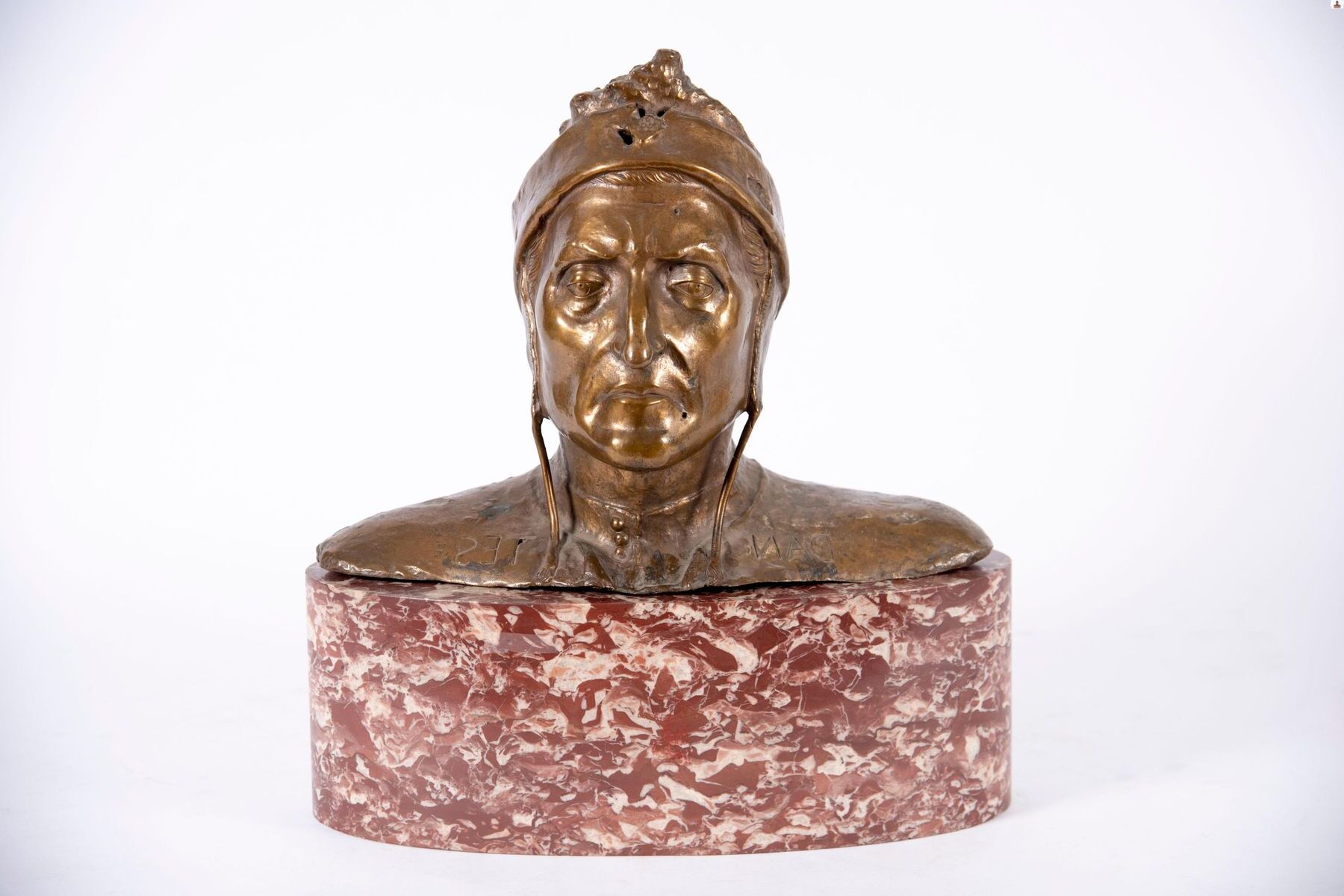
Have you ever heard of a mellified man? This ancient practice, originating in China and the Middle East, involves preserving a human body in honey. Yes, you read that right—honey! The process was believed to create a powerful medicinal substance. People would volunteer to become mellified, consuming only honey until their death. Afterward, their bodies were submerged in honey for about a century. The resulting concoction was thought to cure various ailments. Curious about how this bizarre practice worked and its historical significance? Let's dive into 35 intriguing facts about mellified men that will leave you both amazed and bewildered.
Key Takeaways:
- Ancient cultures believed that preserving a human body in honey could create powerful medicine. This practice, known as mellification, reflects the fascinating and unusual beliefs of the past.
- While modern science is skeptical of the medicinal value of mellified man, the concept continues to captivate people's imagination. It offers a unique glimpse into ancient cultural practices and beliefs.
What is a Mellified Man?
A mellified man is a concept from ancient Chinese and Arabic texts. It involves preserving a human body in honey. This practice was believed to create a powerful medicinal substance. The idea might sound bizarre, but it has a fascinating history.
-
Ancient Origins: The concept of mellification dates back to ancient China and Arabia. It was first mentioned in Chinese medical texts around the 16th century.
-
Honey Preservation: Honey has natural preservative properties. It can prevent the growth of bacteria and fungi, making it an ideal substance for preserving bodies.
-
Medicinal Beliefs: Ancient people believed that consuming mellified man could cure various ailments. They thought the honey absorbed the body's essence, turning it into a potent medicine.
The Process of Mellification
The process of creating a mellified man was elaborate and required a lot of time and honey. Here’s how it was done:
-
Voluntary Sacrifice: The process began with a person volunteering to undergo mellification. This was often seen as a noble act.
-
Honey Diet: The volunteer would consume only honey until their body became saturated with it. This could take several weeks or even months.
-
Death by Honey: Eventually, the person would die from the honey diet. Their body would be full of honey, inside and out.
-
Honey Immersion: After death, the body was placed in a coffin filled with honey. It would remain there for about a century.
-
Final Product: After 100 years, the body would have turned into a substance believed to have powerful healing properties.
Historical References
Historical texts provide some intriguing references to mellified man. These accounts give us a glimpse into how ancient cultures viewed this practice.
-
Li Shizhen: The Chinese physician Li Shizhen mentioned mellified man in his 16th-century medical text, "Bencao Gangmu."
-
Arabian Accounts: Some Arabian texts also reference mellified man, describing it as a rare and valuable medicine.
-
Herodotus: The Greek historian Herodotus wrote about honey being used to preserve bodies, though not specifically mellified man.
Cultural Significance
Mellified man held significant cultural importance in ancient societies. It was more than just a medicinal practice.
-
Noble Sacrifice: Volunteering for mellification was seen as a noble and selfless act. It was a way to contribute to society even after death.
-
Spiritual Beliefs: Some cultures believed that the process had spiritual significance. The honey was thought to purify the body and soul.
-
Medicinal Value: The final product was highly valued for its supposed medicinal properties. It was believed to cure a wide range of ailments.
Modern Perspectives
Today, the concept of mellified man is viewed with a mix of fascination and skepticism. Modern science has a different take on the practice.
-
Scientific Skepticism: Modern scientists are skeptical about the medicinal value of mellified man. There is no scientific evidence to support the ancient claims.
-
Cultural Fascination: Despite the skepticism, the concept continues to fascinate people. It is often discussed in the context of ancient medicine and cultural practices.
-
Historical Curiosity: Historians and anthropologists study mellified man to understand ancient beliefs and practices better.
Similar Practices
Mellification is not the only ancient practice involving honey. Other cultures also used honey for preservation and medicinal purposes.
-
Egyptian Mummies: Ancient Egyptians used honey in the mummification process. It helped preserve the bodies for the afterlife.
-
Honey in Ayurveda: In Indian Ayurveda, honey has been used for its medicinal properties for thousands of years.
-
Greek Medicine: Ancient Greek physicians, like Hippocrates, used honey to treat wounds and illnesses.
The Legacy of Mellified Man
The concept of mellified man has left a lasting legacy. It continues to be a topic of interest in various fields.
-
Literature and Media: Mellified man has been featured in books, documentaries, and articles. It captures the imagination of many.
-
Medical History: It is an interesting chapter in the history of medicine. It shows how ancient people experimented with different substances for healing.
-
Cultural Studies: Mellified man is studied in cultural and anthropological contexts. It provides insights into ancient beliefs and practices.
Ethical Considerations
The practice of mellification raises several ethical questions. These considerations are important when studying ancient practices.
-
Voluntary Sacrifice: The idea of someone volunteering for such a process is ethically complex. It raises questions about consent and societal pressures.
-
Human Dignity: Preserving a human body in honey for medicinal purposes can be seen as a violation of human dignity.
-
Cultural Sensitivity: When studying or discussing mellified man, it is important to be sensitive to the cultural context in which it was practiced.
Modern Analogies
While mellified man is an ancient practice, there are modern analogies that can help us understand it better.
-
Organ Donation: Like mellification, organ donation involves a person contributing to society after death. Both practices are seen as acts of selflessness.
-
Cryonics: Cryonics involves preserving a body after death in the hope of future revival. It shares some similarities with the preservation aspect of mellification.
-
Medicinal Honey: Modern medicine still uses honey for its antibacterial properties. Manuka honey, for example, is used to treat wounds.
The Science of Honey Preservation
Understanding the science behind honey preservation can shed light on why ancient people believed in mellified man.
-
Antibacterial Properties: Honey has natural antibacterial properties. It can prevent the growth of harmful bacteria.
-
Low Moisture Content: Honey has low moisture content, which inhibits the growth of microorganisms.
-
High Acidity: The high acidity of honey creates an environment that is hostile to bacteria and fungi.
Fascination with the Bizarre
The concept of mellified man taps into a broader human fascination with the bizarre and the macabre.
-
Curiosity: People are naturally curious about unusual practices and beliefs. Mellified man is a perfect example of this curiosity.
-
Storytelling: The story of mellified man is compelling. It combines elements of sacrifice, preservation, and healing.
-
Cultural Reflection: Studying mellified man allows us to reflect on our own cultural practices and beliefs. It helps us understand how different societies approach life, death, and medicine.
The Final Scoop on Mellified Man
Mellified man, a bizarre practice from ancient times, involved preserving human bodies in honey. This strange process, believed to have medicinal properties, has fascinated historians and curious minds alike. While the idea of consuming a honey-preserved human might seem outlandish today, it highlights the lengths people went to for health remedies. These facts shed light on the cultural and historical significance of mellified man, offering a glimpse into the past's unique practices. Whether you're a history buff or just love odd facts, mellified man certainly adds an intriguing chapter to the annals of medical history. Next time you drizzle honey on your toast, remember its ancient, albeit unusual, uses. Keep exploring the weird and wonderful corners of history; you never know what fascinating tidbits you'll uncover.
Frequently Asked Questions
Was this page helpful?
Our commitment to delivering trustworthy and engaging content is at the heart of what we do. Each fact on our site is contributed by real users like you, bringing a wealth of diverse insights and information. To ensure the highest standards of accuracy and reliability, our dedicated editors meticulously review each submission. This process guarantees that the facts we share are not only fascinating but also credible. Trust in our commitment to quality and authenticity as you explore and learn with us.


